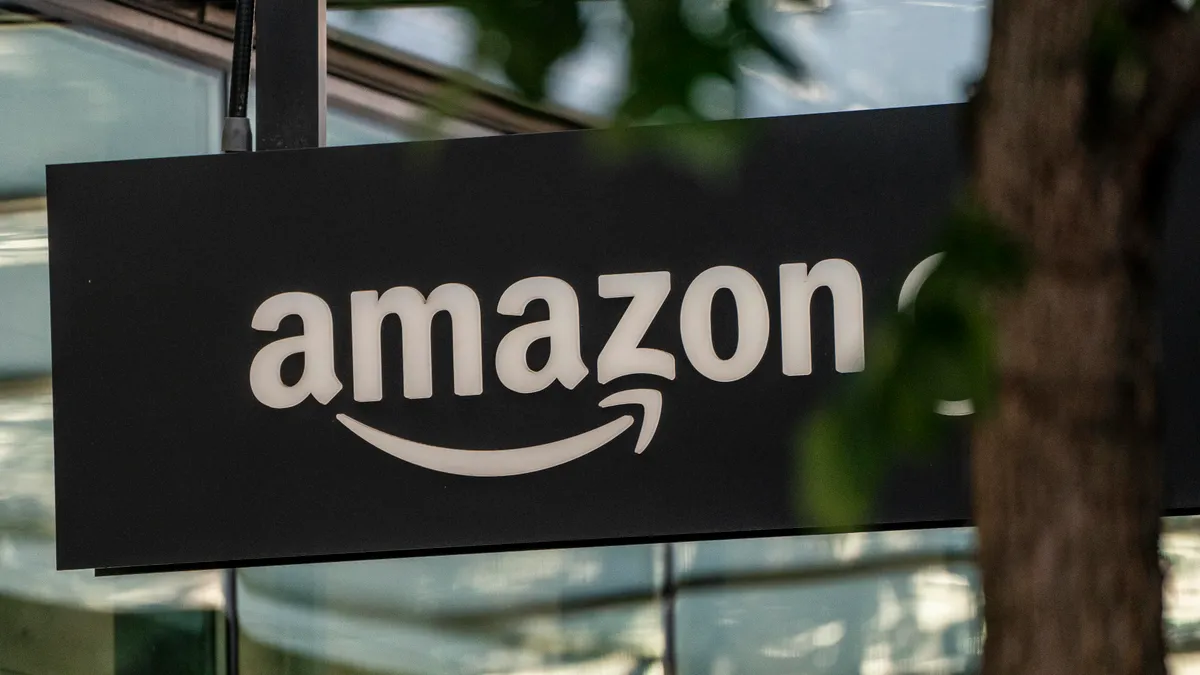Dive Brief:
- Amazon has extended the use of UPS as a customer option for seller-fulfilled returns, according to a company announcement last week. Originally running from Sept. 5 to Oct. 2, the choice is now available until Nov. 1.
- When it announced the "short-term experiment" in August, Amazon told sellers that providing customers with the convenience to drop off their return at a UPS store would encourage them to buy more. Customers could already send seller-fulfilled returns through the U.S. Postal Service.
- Amazon said last week it will automatically reimburse the cost difference between UPS and USPS shipping labels. Some sellers had complained that customers returning shipments via UPS would cost more.
Dive Insight:
Amazon’s extension of the UPS option for seller-fulfilled returns underscores the two companies’ enduring ties, even as UPS reduces the share of its revenue from the online retail giant.
Beyond its status as UPS' largest customer, Amazon is also a notable driver of returns made through the parcel carrier. That was the case before Amazon rolled out the new option for seller-fulfilled returns — customers can return eligible items for free at more than 4,768 UPS Store locations, Amazon noted in a January blog post.
UPS Store locations are a crucial piece in Amazon's current returns processing approach, as “nobody does returns better,” wrote Dean Maciuba, managing partner USA at Crossroads Parcel Consulting, in a LinkedIn post.
"UPS could choose to leverage this service offering to Amazon if the [e-commerce] giant should decide to pull the plug on UPS deliveries, and UPS wants to keep Amazon deliveries in the network," Maciuba wrote.
Amazon has made up a smaller share of UPS' total revenue since it aggressively expanded its own logistics network to keep up with pandemic-fueled demand. The company was tied to 11.7% of UPS' total revenue in 2021, down from 13.3% in 2020, according to a securities filing from the parcel carrier.
"We've contractually agreed on what makes sense for us versus what makes sense for them," UPS CEO Carol Tomé said on a July earnings call of the relationship between the two companies. "That means both volume and revenue for Amazon is coming down."
Tomé said UPS projects Amazon revenue will be less than 11% of total revenue by the end of this year as the company continues its "better, not bigger" approach that prioritizes more profitable shipments.
Amazon's new, experimental UPS returns option specifically applies to items under its Prepaid Returns Label program.
Through the program, Amazon sends customers a prepaid return shipping label on the seller's behalf if a customer requests a return within the allowable time period, according to EcomCrew, a blog run by online store owners. Sellers who fulfill their own Amazon orders, rather than using the company's own fulfillment services, are automatically enrolled in this program.
Most third-party sellers on Amazon have a returns policy mirroring what the company offers, but they can still vary, according to the company's website. These sellers, which fulfill and ship their own inventories, must provide a U.S. return address, a prepaid return label or offer a full refund without needing the item returned.
Editor's note: This story was first published in our Logistics Weekly newsletter. Sign up here.














